Digital Promise Supports E-rate Modernization
Digital Promise
DECEMBER 11, 2014
billion for the federal E-rate program that connects schools and libraries around the country. who can get online from mobile Wi-Fi hotspots in low-income communities, or teachers in Washington, D.C. Digital Promise applauds the Federal Communications Commission's vote today to increase the funding cap by $1.5













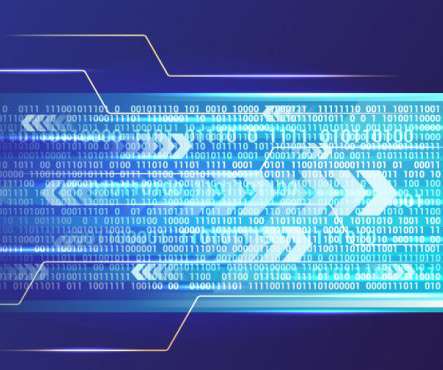


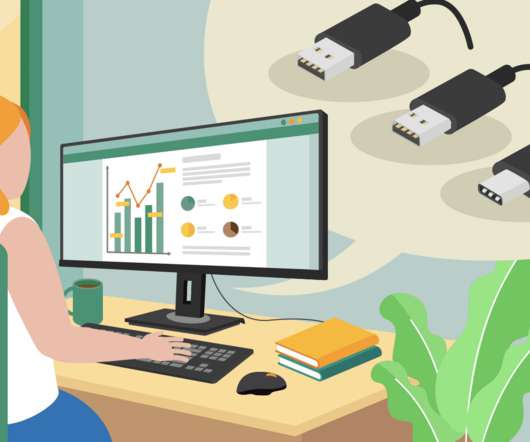
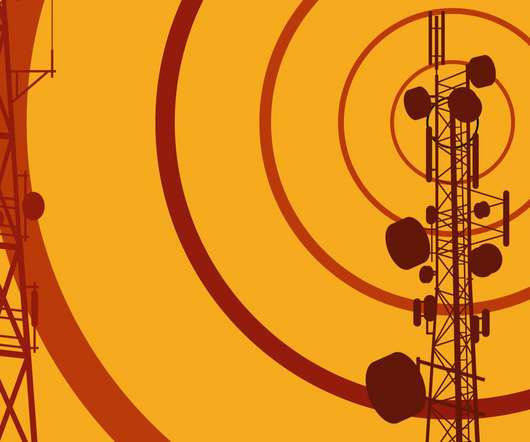









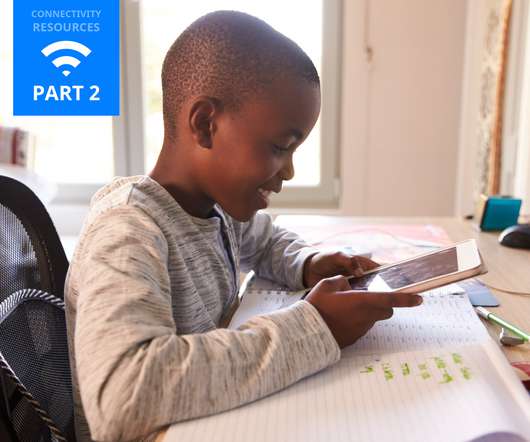



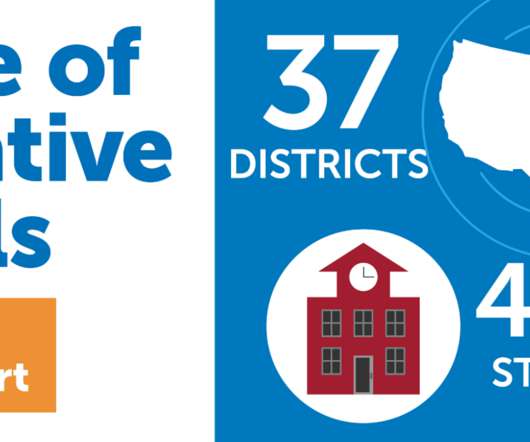















Let's personalize your content